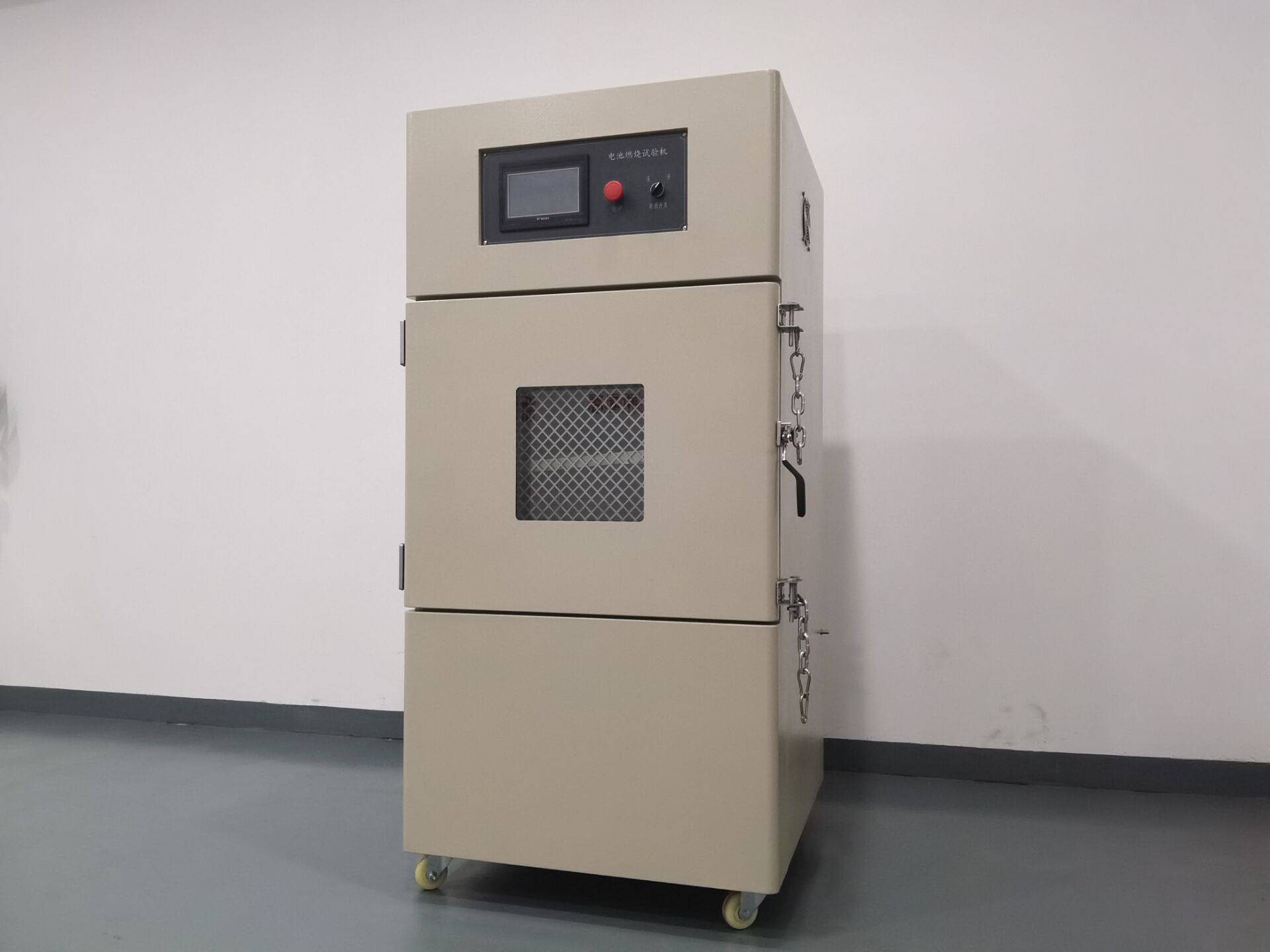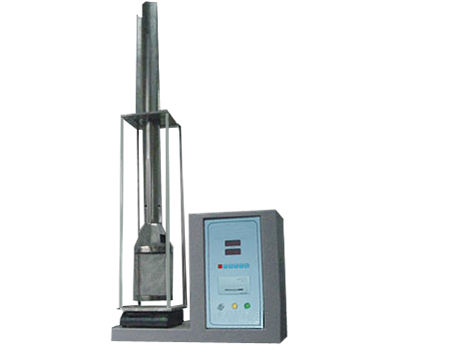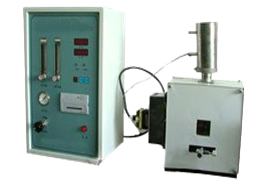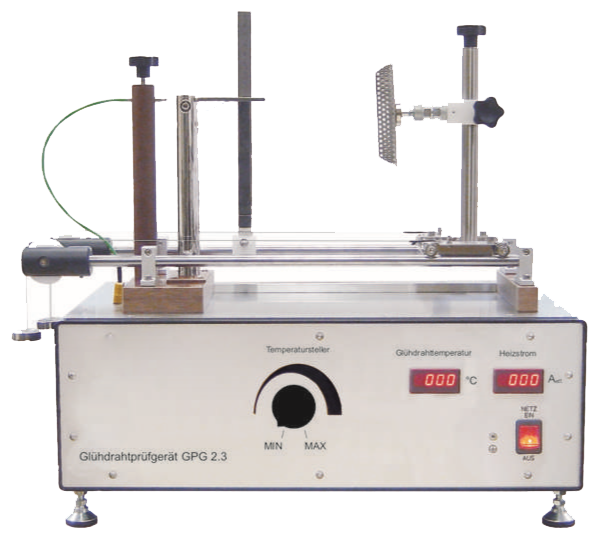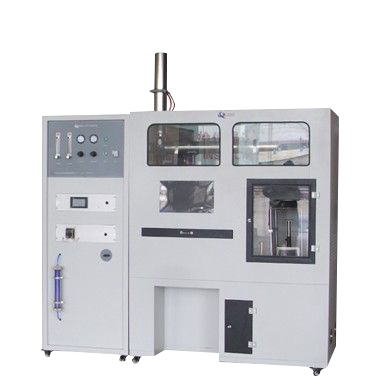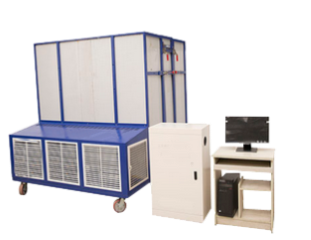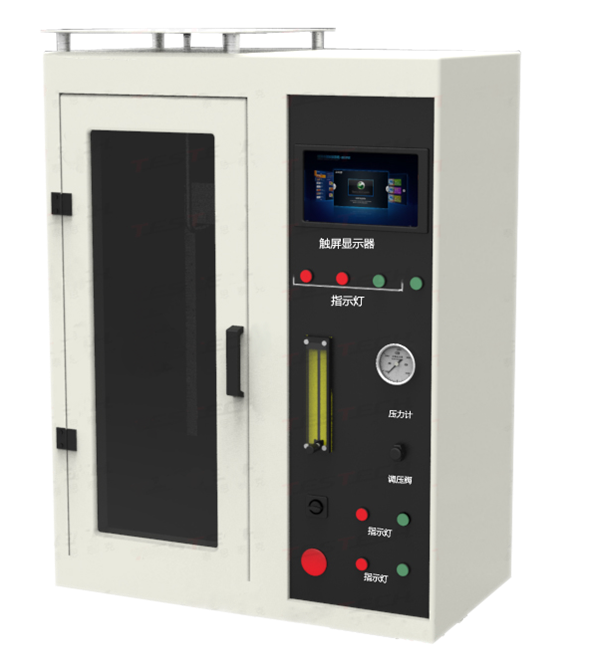Washability Tester

The rubbing resistance tester is a device specifically used to detect the rubbing resistance performance of materials. The following is a detailed explanation of its main uses, compliance standards, and technical parameters:
I. Main Uses
- **Packaging Industry**: The rubbing resistance tester is widely used in the packaging industry. It helps enterprises detect the anti - rubbing ability of packaging materials, ensuring that products will not be damaged by external rubbing during transportation and storage. For example, food packaging and pharmaceutical packaging have extremely high requirements for rubbing resistance. Only through strict testing can the integrity of the packaging be guaranteed, thus safeguarding the quality and safety of the products. - **Material R & D**: In the field of material research and development, the rubbing resistance tester is an indispensable tool. Experimenters can use it to study the performance characteristics of different materials, optimize material formulations and processes, and develop more durable and reliable new materials. - **Optimized Design**: The test results of the rubbing resistance tester can provide quantitative data for packaging designers, helping them understand the performance of materials under specific conditions, thereby optimizing packaging designs. For example, designers can adjust the thickness, structure, or coating of packaging materials according to the test results to improve the durability and reliability of the packaging. - **Quality Control**: Manufacturers can use the rubbing resistance tester to ensure that the quality of packaging materials meets relevant standards and regulatory requirements, thereby enhancing the market competitiveness of products and reducing safety risks caused by packaging problems.
II. Compliance Standards
GB/T 41347 ISO, ASTM, etc.
III. Technical Parameters
- **Rubbing Frequency**: Usually adjustable, such as 45 times per minute, etc., used to simulate the rubbing frequencies that packaging materials may encounter in actual use. - **Number of Rubbing Times**: Usually, there are multiple modes available, such as Mode A (2700 times), Mode B (900 times), Mode C (270 times), etc., to meet different testing requirements. Some devices also support arbitrary settings of the number of rubbing times for more flexible testing. - **Specimen Size**: Determined according to testing standards or actual requirements, such as 120×30mm, etc. The selection of specimen size should ensure that it can fully reflect the rubbing resistance performance of the material. - **Control System**: An advanced control system enables automated operation, reducing human - induced errors. Meanwhile, the control system can also be used to set and control test conditions, such as the number of rubbing times and speed. - **Monitoring System**: It includes force sensors and other detection devices, used to monitor the state changes of specimens in real - time during the test. This is crucial for analyzing the durability of materials and identifying potential defects. - **Safety Devices**: To ensure the safety of operators, the rubbing resistance tester is usually equipped with various safety protection measures, such as emergency stop buttons and overload protection.

Leave Message Get Price



